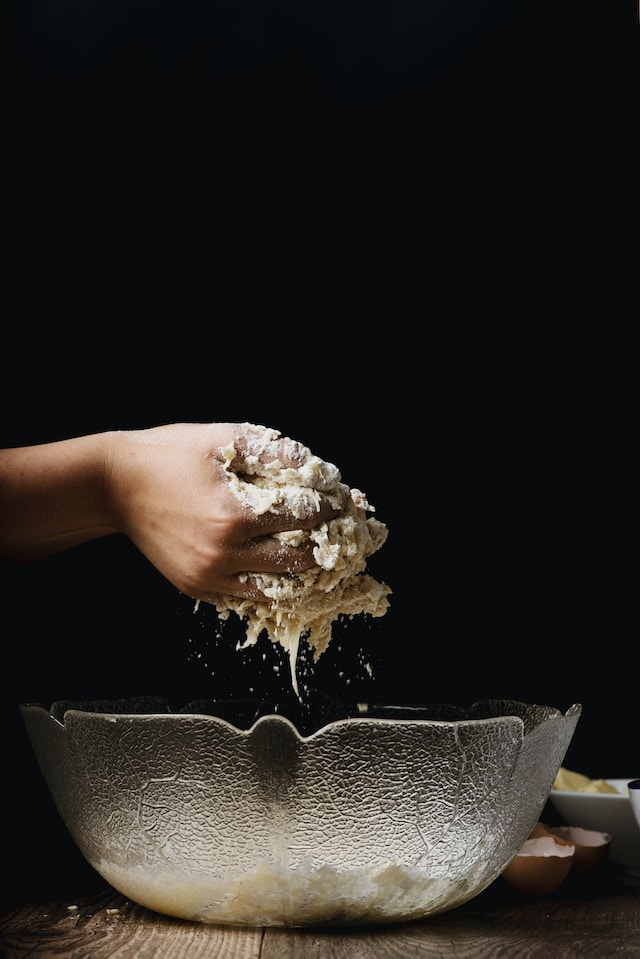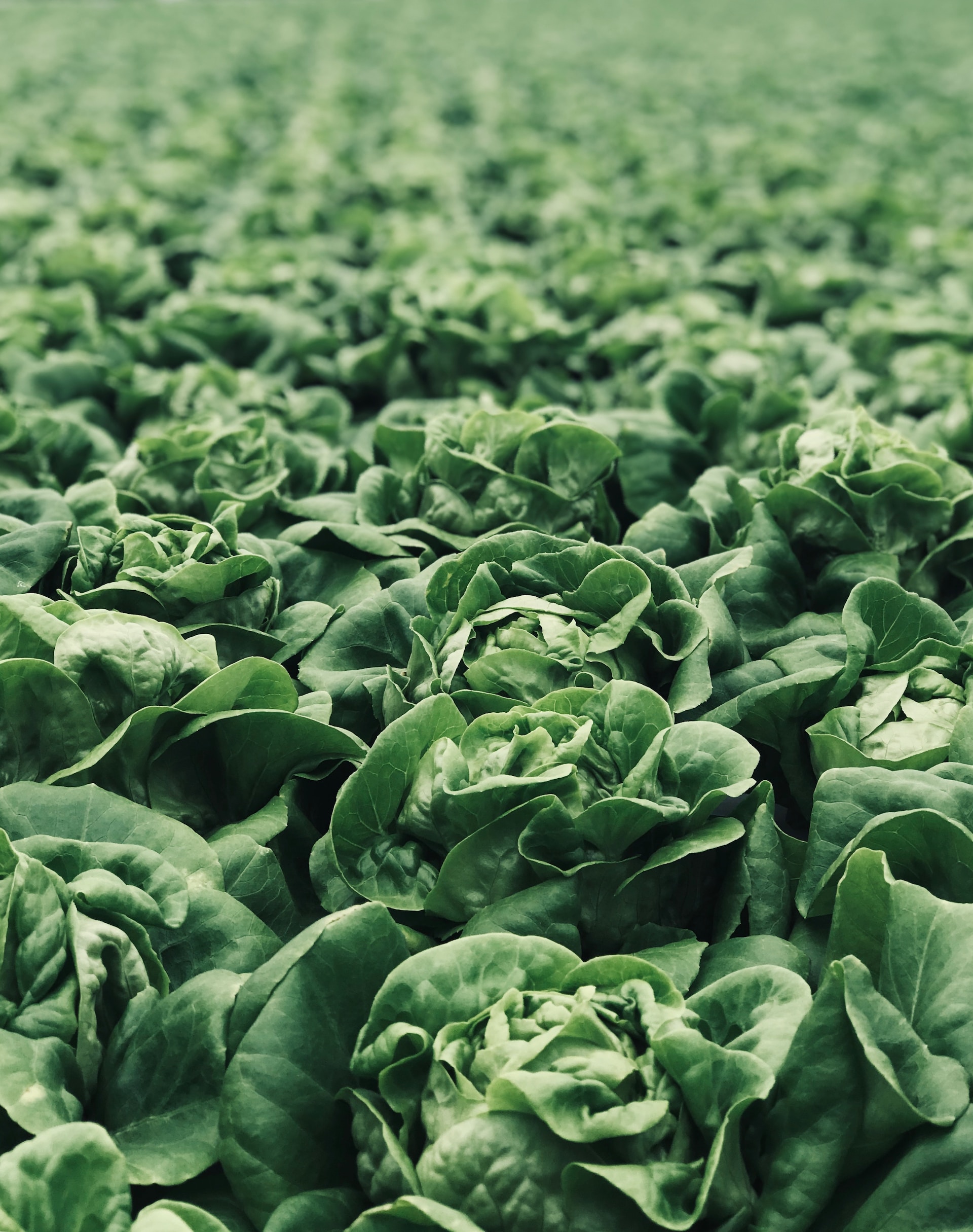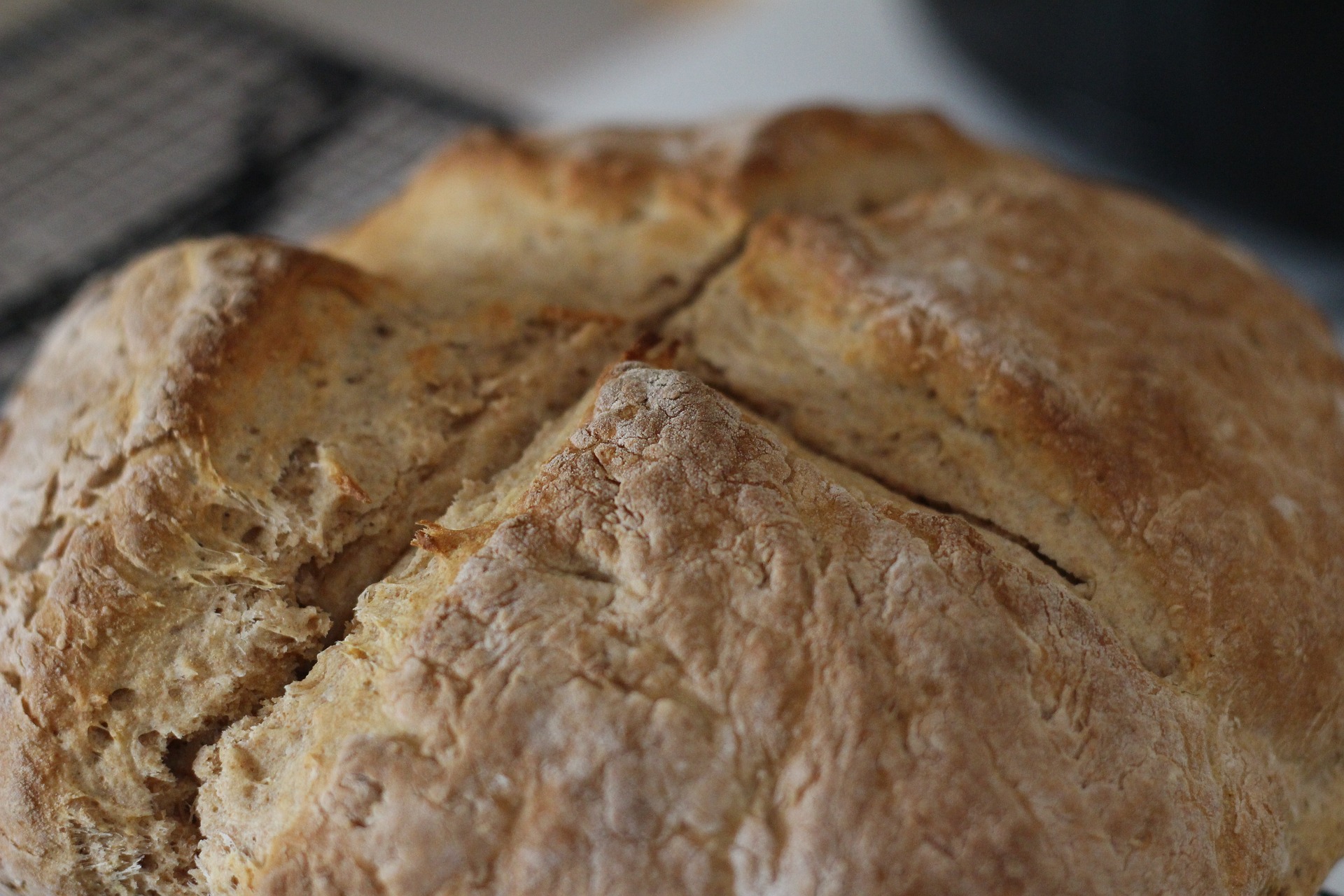Introduction:
There’s something undeniably irresistible about raw cookie dough. The sweet aroma, the smooth texture, and the anticipation of freshly baked cookies make it tempting to sneak a taste. However, the Centers for Disease Control and Prevention (CDC) is warning consumers about the potential risks associated with consuming raw cookie dough. In this article, we’ll explore the dangers of indulging in raw cookie dough and the precautions you can take to protect yourself.
The Risks of Raw Cookie Dough:
- Salmonella Contamination:
One of the main risks associated with raw cookie dough is the potential presence of Salmonella bacteria. Raw eggs used in traditional cookie dough recipes can harbor this harmful bacteria, which can cause food poisoning. Symptoms of Salmonella infection include diarrhea, fever, abdominal cramps, and vomiting.
- E. coli Contamination:
Another concern is the presence of E. coli bacteria in raw flour. While flour itself doesn’t contain bacteria, it can become contaminated during the milling process. Consuming raw flour in cookie dough can lead to E. coli infection, resulting in symptoms such as abdominal pain, diarrhea, and sometimes even severe complications.
Precautions to Take:
- Avoid Raw Eggs:
To minimize the risk of Salmonella contamination, it’s best to avoid consuming raw eggs in any form. This includes raw cookie dough, homemade ice cream, and other uncooked recipes. Instead, use pasteurized eggs or egg substitutes that are specifically designed to be consumed raw.
- Use Heat-Treated Flour:
To mitigate the risk of E. coli contamination, consider using heat-treated flour in your recipes. Heat-treated flour has been treated to kill any potential bacteria, making it safe for consumption even without baking. You can find heat-treated flour in some specialty stores or choose to heat-treat flour at home by following specific instructions.
- Follow Proper Hygiene Practices:
When handling raw cookie dough, it’s important to practice good hygiene. Wash your hands thoroughly with soap and water before and after handling the dough to prevent the spread of bacteria. Avoid cross-contamination by keeping raw dough away from ready-to-eat foods and surfaces.
- Educate Children and Teens:
Children and teenagers, in particular, may be more inclined to indulge in raw cookie dough. It’s crucial to educate them about the potential risks and discourage them from consuming uncooked dough. Teach them the importance of proper food handling and the potential consequences of foodborne illnesses.
- Choose Safe Alternatives:
If you’re craving the taste of raw cookie dough, there are safe alternatives available. Many companies now produce ready-to-eat cookie dough that is specifically made to be consumed raw. These products are formulated without raw eggs and heat-treated flour, reducing the risk of foodborne illnesses.
Conclusion:
While raw cookie dough may be a tempting treat, it’s essential to be aware of the potential risks associated with consuming it. The CDC’s cautionary guidance regarding raw eggs and untreated flour aims to protect consumers from foodborne illnesses such as Salmonella and E. coli. By following proper precautions, such as avoiding raw eggs, using heat-treated flour, practicing good hygiene, and educating others, you can still enjoy the indulgence of cookie dough while keeping your health and well-being intact. Remember, it’s better to bake it before you break it!










